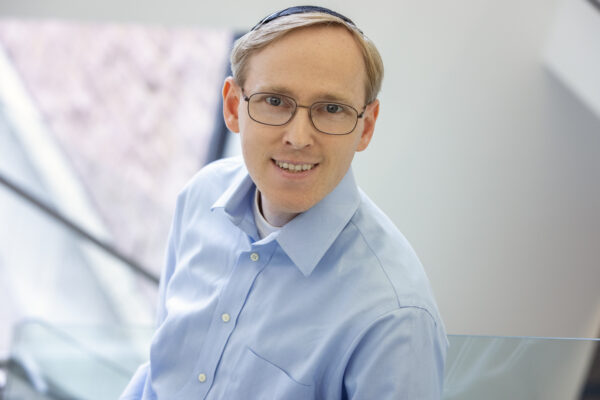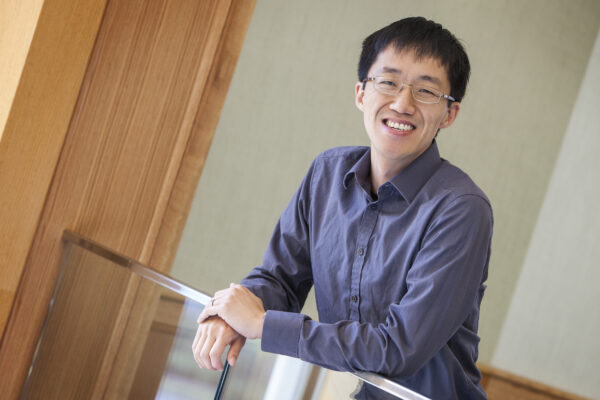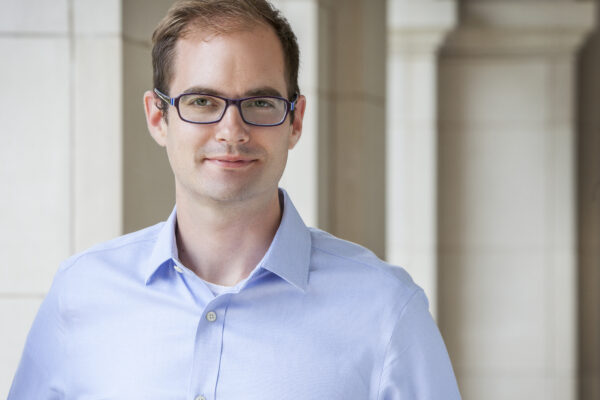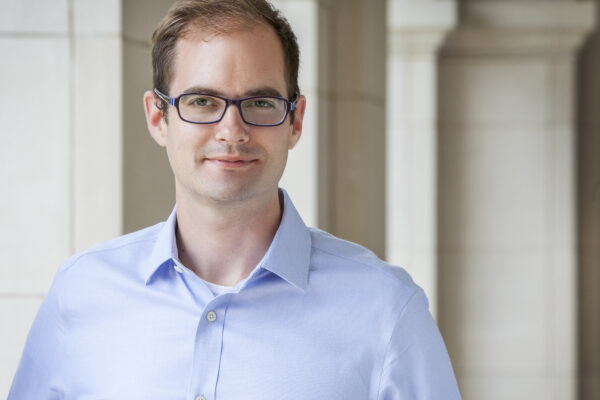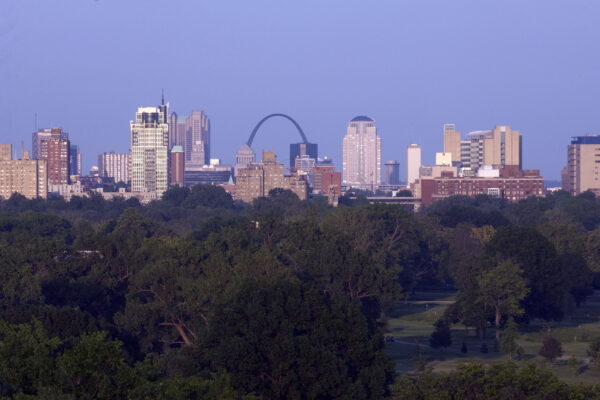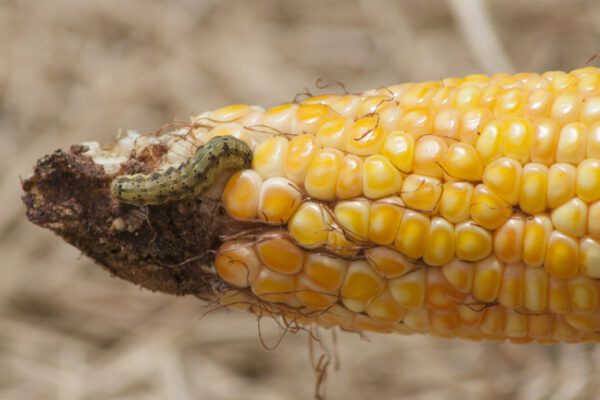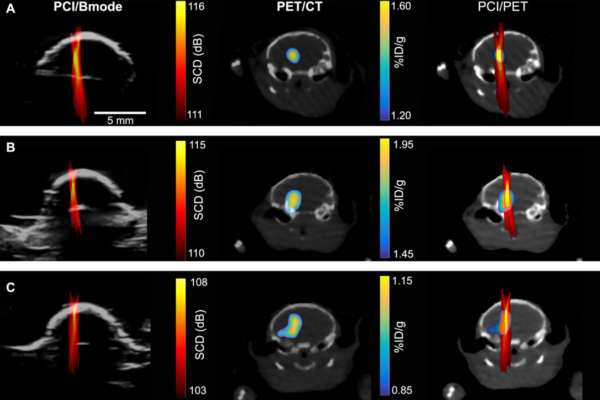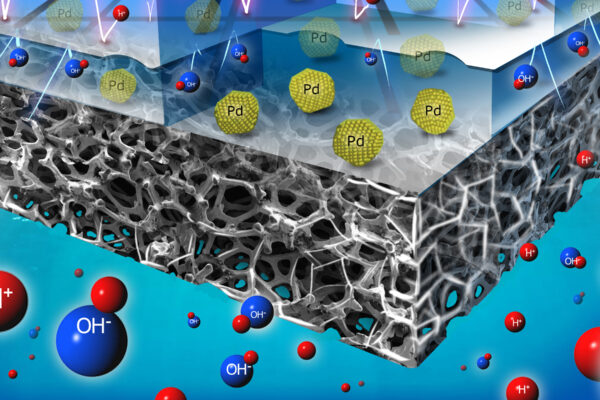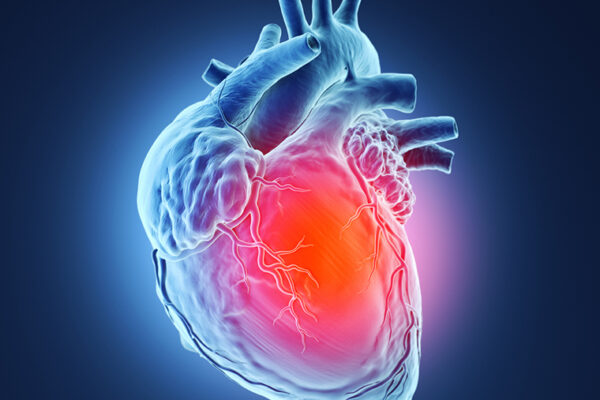Vorobeychik receives competitive MURI award
Yevgeniy Vorobeychik, at the McKelvey School of Engineering, is part of a team that received a $6.25 million five-year grant under the U.S. Department of Defense’s highly competitive Multidisciplinary University Research Initiative Program (MURI) Award. The team will work to develop tools to understand and shape both online and on-the-ground networks that drive human decision-making.
Lew receives competitive MURI Award
Matthew Lew, at the McKelvey School of Engineering, is part of a team that received a $7.5 million five-year award under the U.S. Department of Defense’s highly competitive Multidisciplinary University Research Initiative Program (MURI). The team’s research is aimed at developing a new class of functional living electronics based on living materials such as proteins and bacteria.
Thimsen receives competitive MURI Award
Elijah Thimsen, at the McKelvey School of Engineering, is part of a team that received a $6.4 million five-year grant for research investigating how to use dusty plasma, or plasma in which particles are suspended, to make new materials.
Thimsen receives CAREER award to study low-temperature plasma
Elijah Thimsen will study how chemical reactions occurring in low-temperature plasma move toward a superlocal equilibrium state with a five-year, $500,000 CAREER Award from the National Science Foundation.
St. Louis-area universities collaborate to bolster cybersecurity
The consortium will address the region’s need for qualified cybersecurity professionals in this fast-growing field and address the growing global threat of cybercrime, which is expected to cost the world $6 trillion a year by 2021.
Engineering treatments for the opioid epidemic
A biomedical engineer at Washington University in St. Louis is developing a therapeutic option that would prevent opiates from crossing the blood-brain barrier, preventing the high abusers seek.
Study first to show processes determining fate of new RNA pesticides in soils
Researchers at the McKelvey School of Engineering at Washington University in St. Louis develop a method to learn more about how a new type of pesticide degrades in the environment.
A new method for precision drug delivery: painting
Researchers from the McKelvey School of Engineering and Washington University School of Medicine in St. Louis are one step closer to delivering precise amounts of medication to exact location, repurposing an existing imaging “painting” method.
Advancing the capability of high-powered fuel cells
A team of engineers in the McKelvey School of Engineering has developed a high-powered fuel cell that operates at double the voltage of today’s commercial fuel cells. It could power underwater vehicles, drones and eventually electric aircraft at a significantly lower cost.
Engineer to develop a drug-filled gel to repair heart after heart attack
Jianjun Guan, an engineer at the McKelvey School of Engineering at Washington University in St. Louis, is developing a new material that would deliver drugs directly to the damaged part of the heart to preserve the support network.
View More Stories
